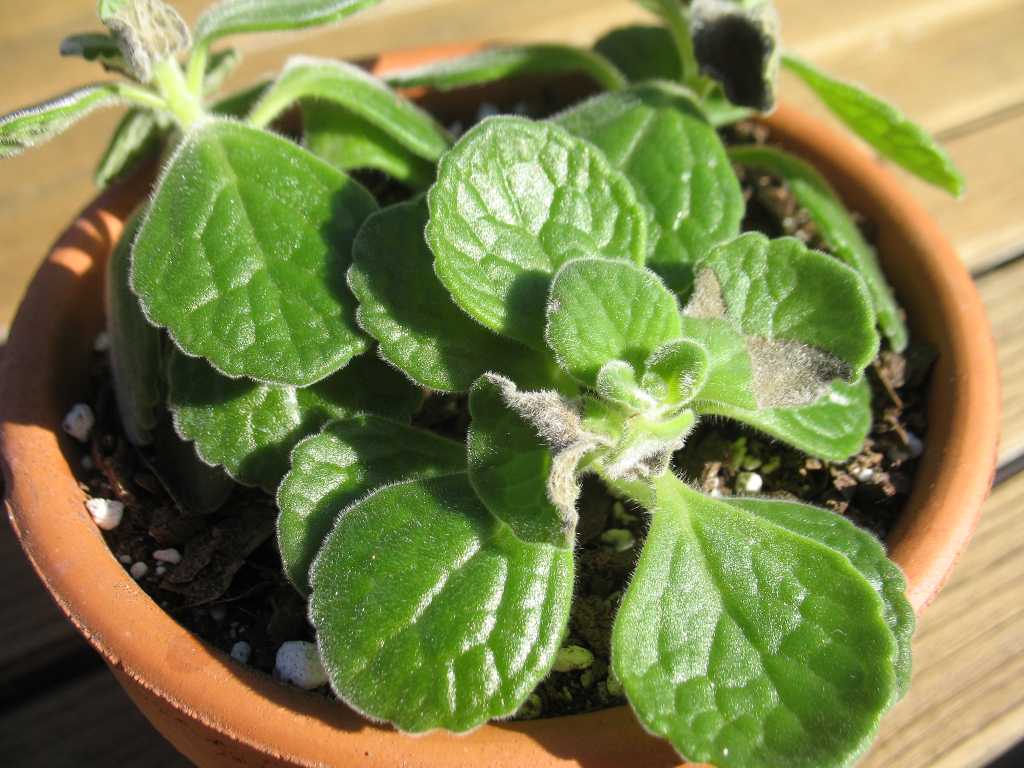 |
Cold or chilling damage on Cuban oregano (Plectranthus amoinicus) that was growing in a cold, drafty window in winter.
|
Many factors affect growing plants indoors, and when any factor is out of balance, problems can occur. Following is an overview of what can go wrong.
Proper plant selection. Usually plants native to tropical or sub-tropical areas are best for growing in the home because temperatures are similar. Plants from colder climates, such as azaleas, gardenias, chrysanthemums, roses, maples, spruce, etc., that require cooler temperatures can be difficult to grow indoors. Of the plants listed, roses, maples and spruce also need a sheltered, winter-dormant period outdoors. This can be difficult for the average indoor gardener to provide. Growers of hardy bonsai, however, learn to meet this requirement if they are successful.
Too much or too little light: Usually, the problem indoors is not enough light. Plants growing with too little light will turn pale and stretch for light. These plants may benefit by being moved to a south or west window or have light supplemented with artificial light. Plants receiving too much sun may also take on a yellowish color and may develop tan or white patches on leaves in locations with direct exposure to a south or west window. Moving a plant from a shady location to a bright sunny one may result in sunburn, but if the plant is a sun-loving one, the plant will usually adapt and the new leaves it produces will perform well in the sunny location.
Too much or too little water: Proper watering is crucial to growing plants indoors. It is very easy to forget to water a plant and it becomes too dry and wilts. In these situations death can be sudden as the plant becomes “crisp” or it may initiate a slower decline from which the plant never recovers even if watered thoroughly again. In some cases, roots may have died and subsequent watering just results in the dead roots rotting. Ultimately, drought and root rot killed the plant.
Watering too much can also lead to root rot, and plants grown in pots without drainage are asking for trouble. Make sure your plants are in pots with drainage holes. Place the pots on a drainage saucer to catch excess water when you water. You can also place the pot with drainage holes (and its drainage saucer) in a second, decorative pot. This is called double potting. Just remember not to let the inner pot sit in water after the plant has been watered. Water thoroughly – so water comes out the bottom of the pot – but dispose of any extra water in the saucer after the pot has drained. Placing a 1-2” layer of rocks in the saucer of large pots can allow for drainage without requiring that the saucer be emptied when it catches excess water.
A caution: on occasion a gardener may see an indoor plant wilt and think it is dry but in fact it may have been overwatered and the roots are rotting or can’t take up water. This can also results in wilting. Watering at this point is the “death knell” for the plant. Also erratic wet and dry periods can result in oedema on some plants. Proper watering is crucial.
Finally, water the plant well so water drains out the bottom of the pot. This assures that the soil is uniformly wet. Dispose of any excess water and do not water again until the plant needs it. The time in between will vary by the plant you are growing and other environmental conditions such as pot size, temperature, humidity, etc. It is not uncommon for pots that are watered frequently with small amounts of water to have the top of the pot sopping wet but the bottom of the pot bone dry. Also, when you water a plant, if the water immediately flows out the drainage hole, it is likely that the soil ball has shrunk away from the sides of the pot. Lift the pot – is it light or heavy? Tip the plant out of the pot – is the soil dry? If so, soak the pot in a pail of water to get the soil moist again. You may be able to save the plant if you catch it before the roots begin to die from drought.
Soil is also a critical component. Most indoor plants are grown in a soilless mix, which can provide good performance. Any indoor soil, however, in time will become depleted of nutrients and develop a build-up of salts. Unless these salts are washed out of the soil once or twice a year and the soil is replaced every 1-3 years, plants can become stunted and loose vigor. Brown edges on leaves can be a sign of salt build-up. Replace the soil in indoor plants regularly by repotting. Plants in larger pots may not need to be repotted as often as those in smaller pots. Flush the soil with water at least once or twice a year between repottings.
Pot size is also important. Growing plants in the correct size pot can help eliminate under or overwatering problems. If a plant is in a small pot and dries out too quickly, it may benefit by being potted in the next larger size. This can allow for more uniform soil moisture. Remember, however, that some plants like cacti and succulents want to have their soil dry considerably between waterings. For these plants, be sure you do not place them in too large a pot. In general, placing most any indoor plant with a small root ball in a large pot can result in problems. When the soil in the pot loses moisture slowly, the soil may stay very wet and the result can be root rot. It takes time for the plant’s roots to grow into the new soil and take up its moisture. When repotting to a larger pot, go up just one size at a time. This is usually 2” wider, which allows for 1” of fresh soil all around the root ball.
Plants in pots need regular fertilizing. Purchase an indoor plant fertilizer recommended for the plants you are growing and follow the rate and timing recommended on the package. Fertilize more frequently when the plants are growing actively but cut back in winter when most plants rest. Remember, fertilizers add salts to the soil. Flushing to remove the salts once or twice a year is important along with regular repotting.
Provide the proper temperature: If you have selected tropical or subtropical plants to grow indoors, your indoor temperatures should be fine for most plants but beware of hot and cold extremes. Hot air blowing from a furnace vent, cold air from a door or window or exposure to frigid air when a new plant is brought indoors from the store in winter can result in leaf and/or flower drop. If the plant exposed to freezing temperatures, foliage will collapse and/or turn black.
Finally, humidity can also be a factor. Many indoor plants have been selected to do well in the lower humidity of the home in the winter but ferns and some orchids may resent the lower humidity and perform poorly or exhibit brown or drying foliage. Get to know your plants and meet their environmental needs. Place humidity loving plants on a saucer or tray filled with pebbles and keep it filled with water. Just make sure the pot is resting on the pebbles and not touching the water.
More images:
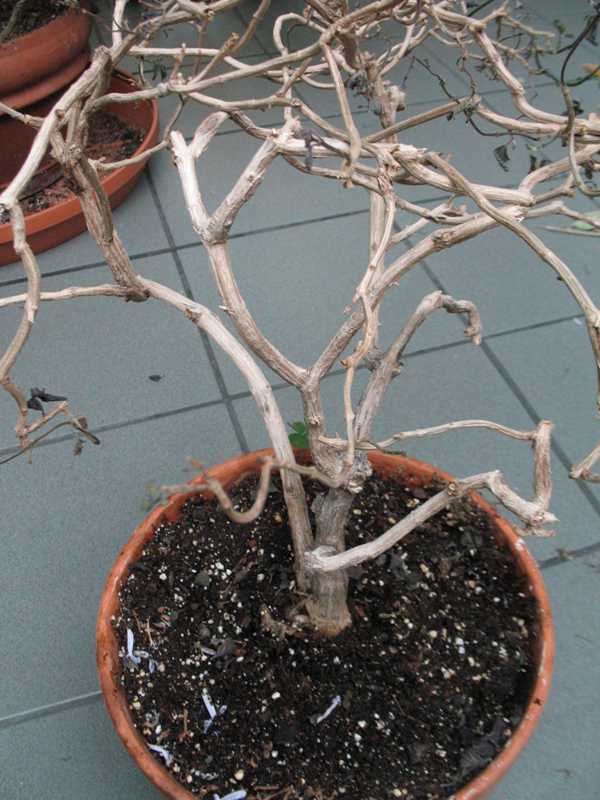 |
Plectranthus 'Mona Lavender' collapsed and died from overwatering
|
|
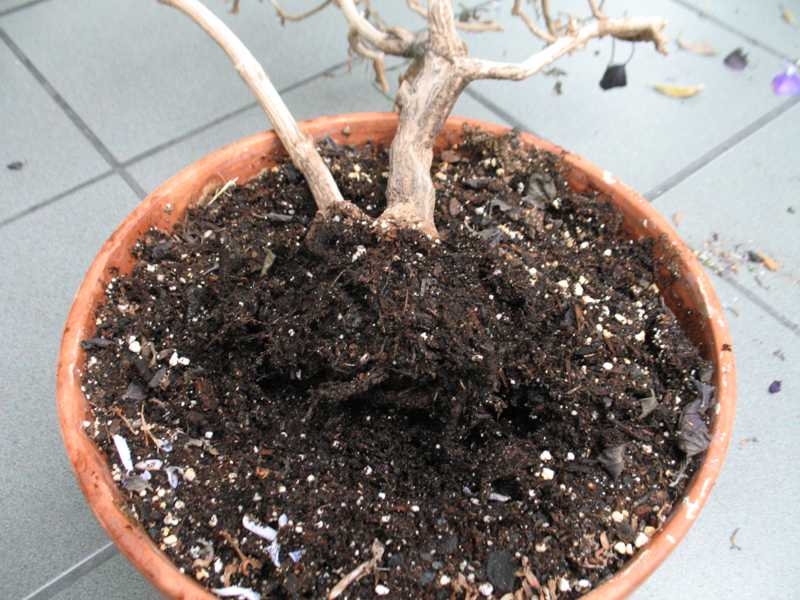 |
The roots of this Plectranthus 'Mona Lavender' were killed by overwatering
|
|
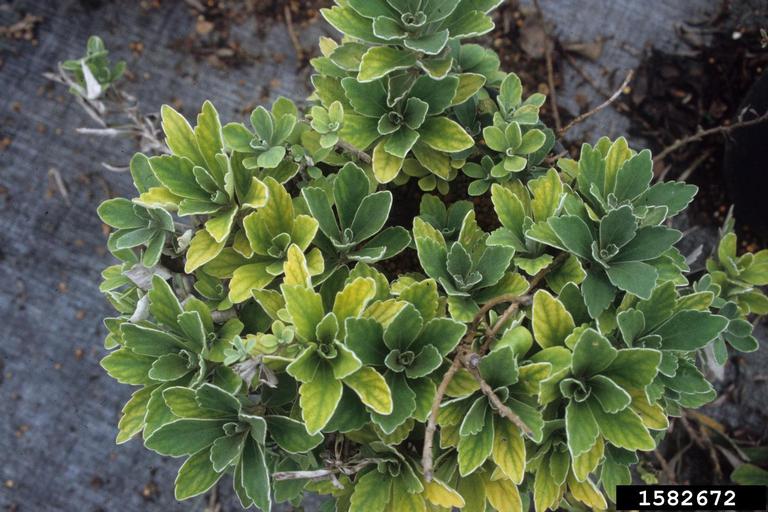 |
Nitrogen deficiency on chrysanthemum (Chrysanthemum pacificum). John Ruter, Univ. of Georgia, Bugwood.org
|
|
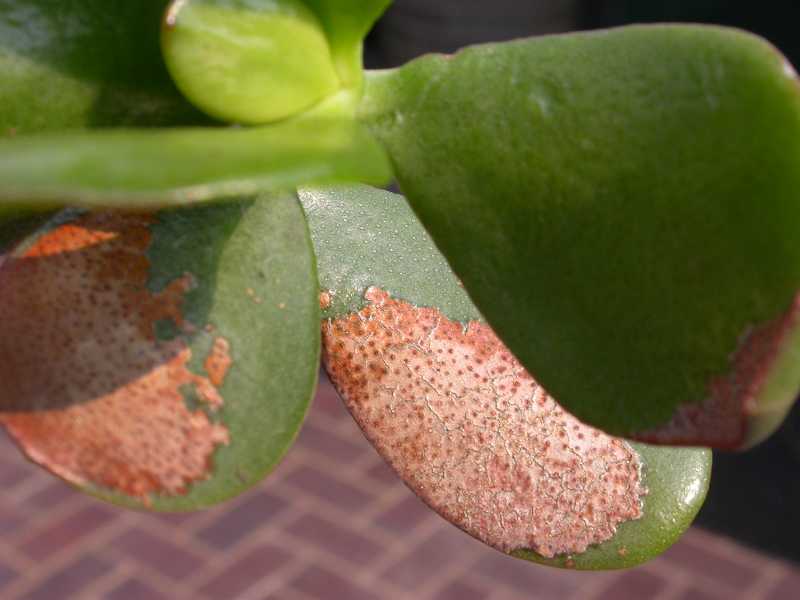 |
Sunburned patches on jade plant (Crassula)
|
|
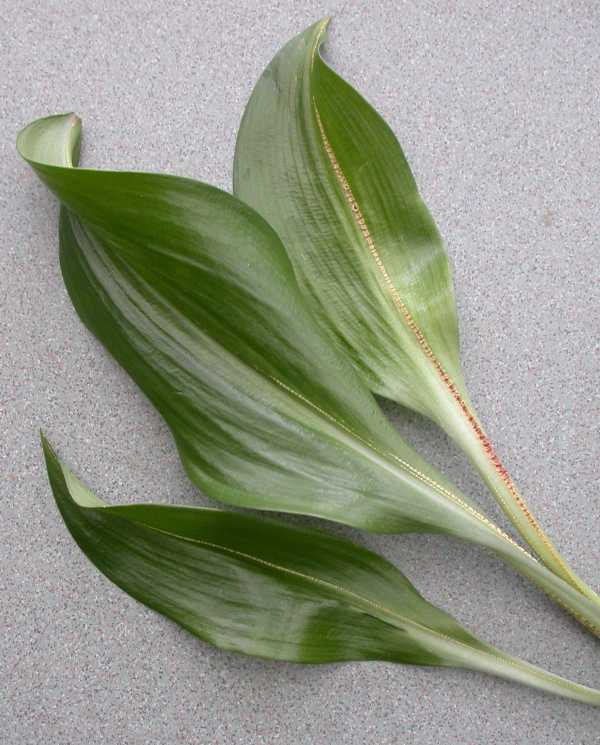 |
Text
|
|
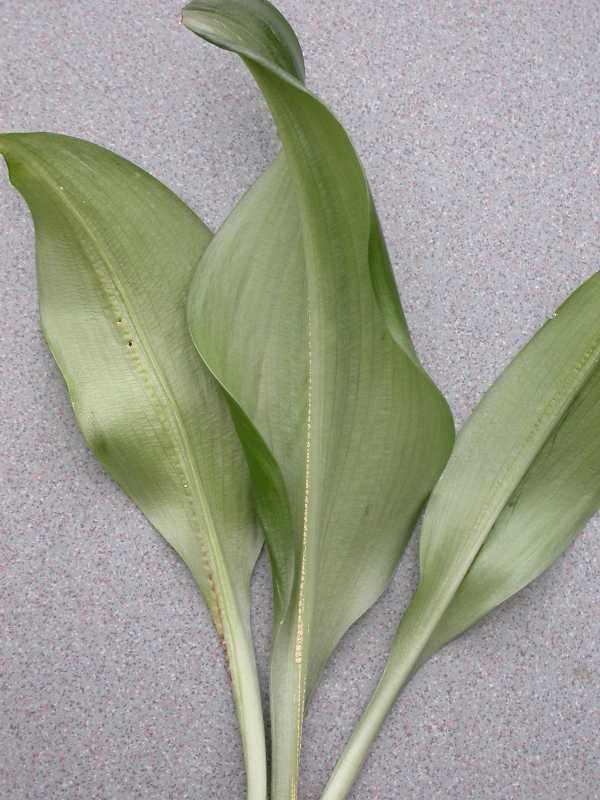 |
Text
|
|
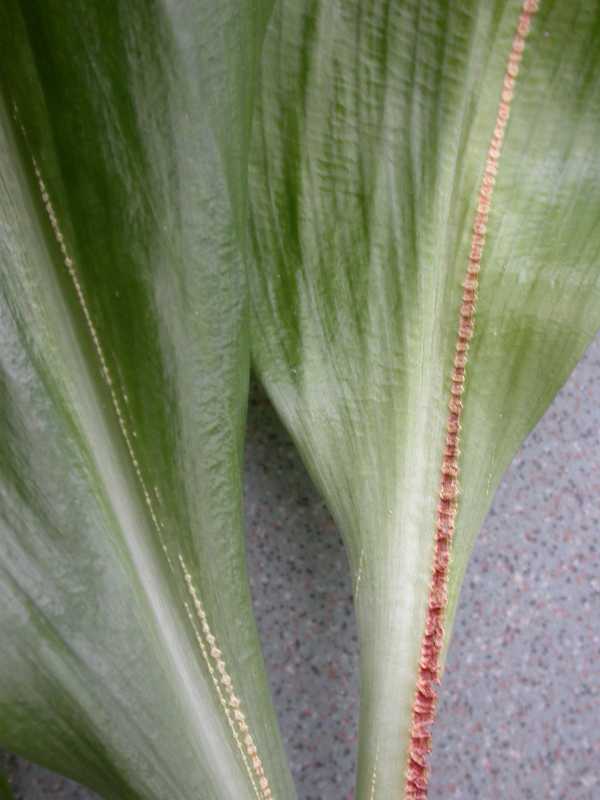 |
| Oedema on Amazon lily (Eucharis amazonica) |
|
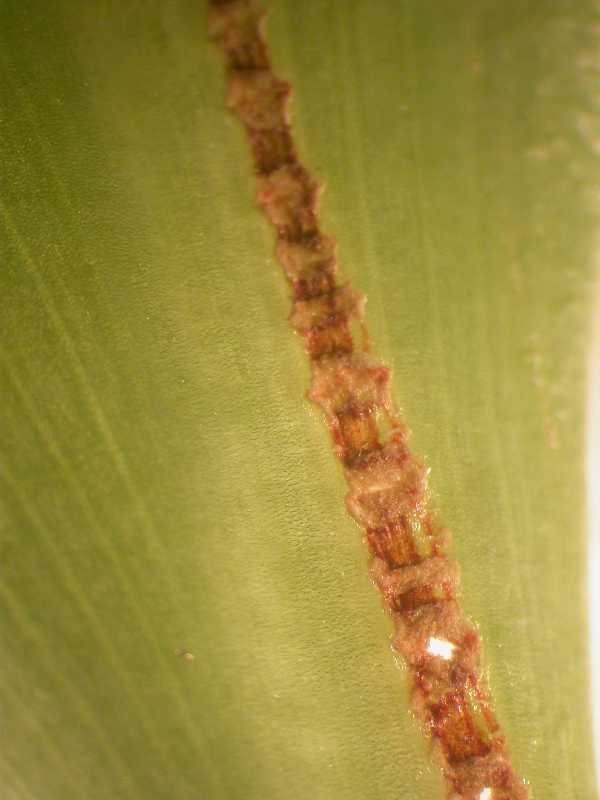 |
| Close-up of exploded cells caused by oedema on Amazon lily (Eucharis amazonica) |
|
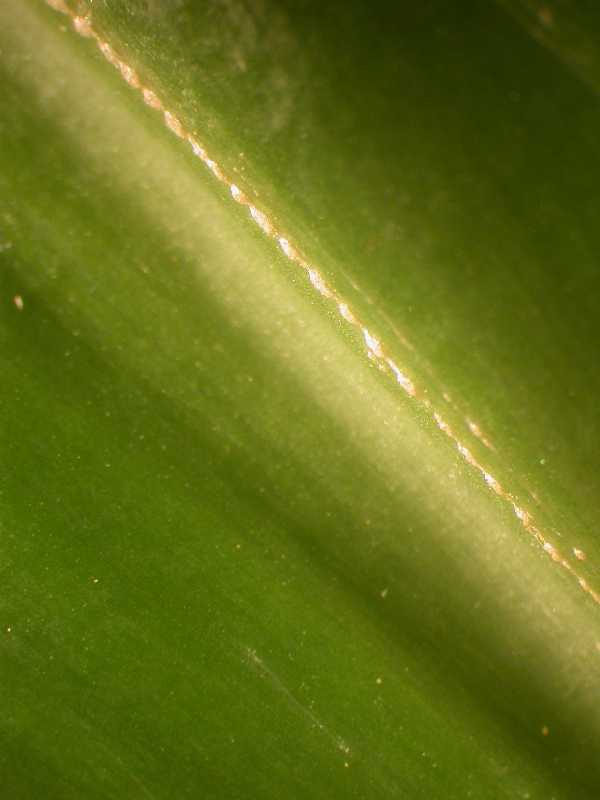 |
| Close-up of oedema on Amazon lily (Eucharis amazonica) |
|
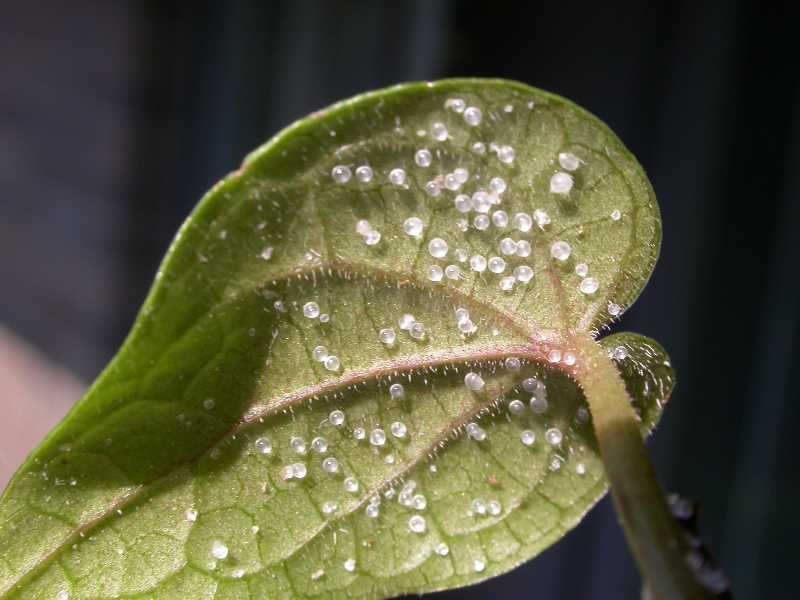 |
| Water droplets on underside of begonia leaf (Begonia) caused by oedema |
|
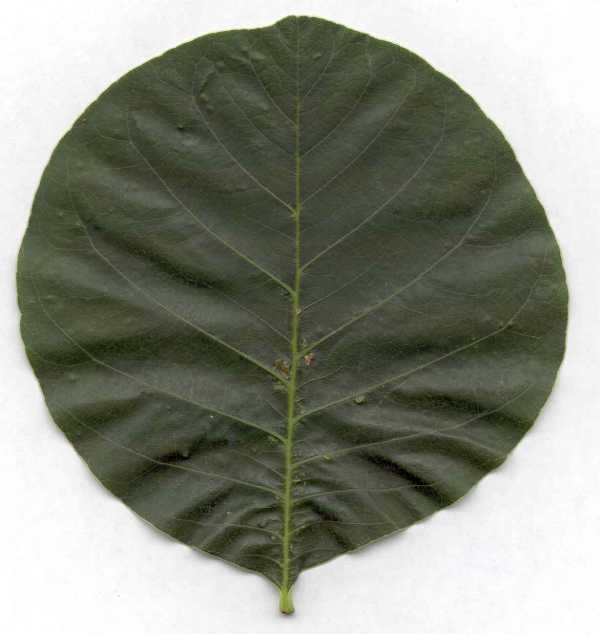 |
| Oedema on leaf of indoor plant |
|
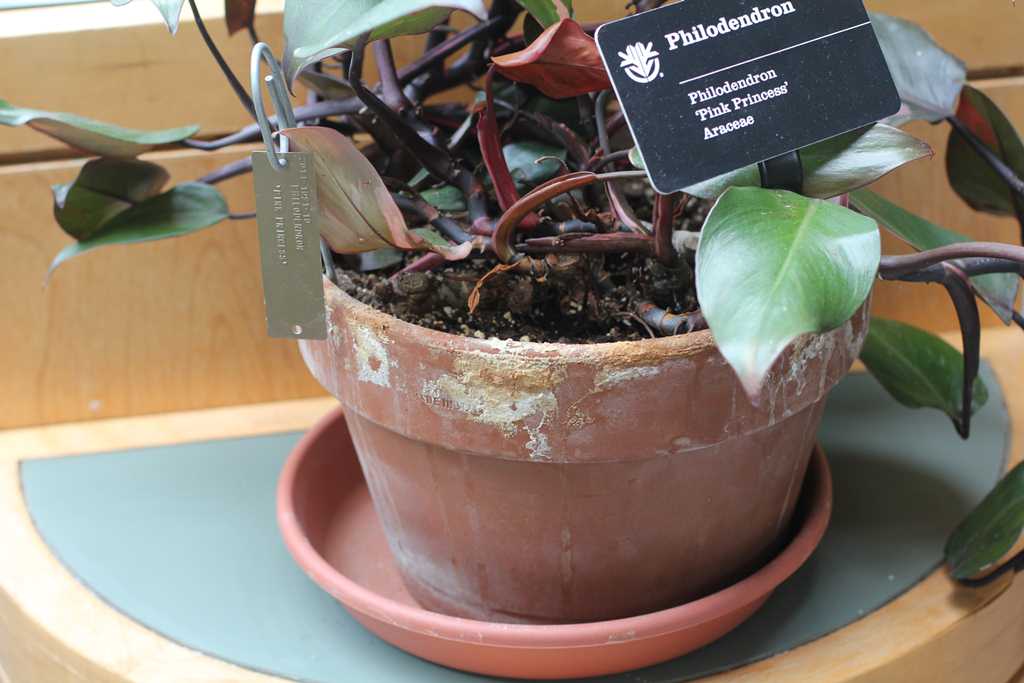
|
Salt build-up from watering and fertilizing. This needs to be cleaned off regularly and the pot flushed once or twice a year to wash salts out of the soil
|
|
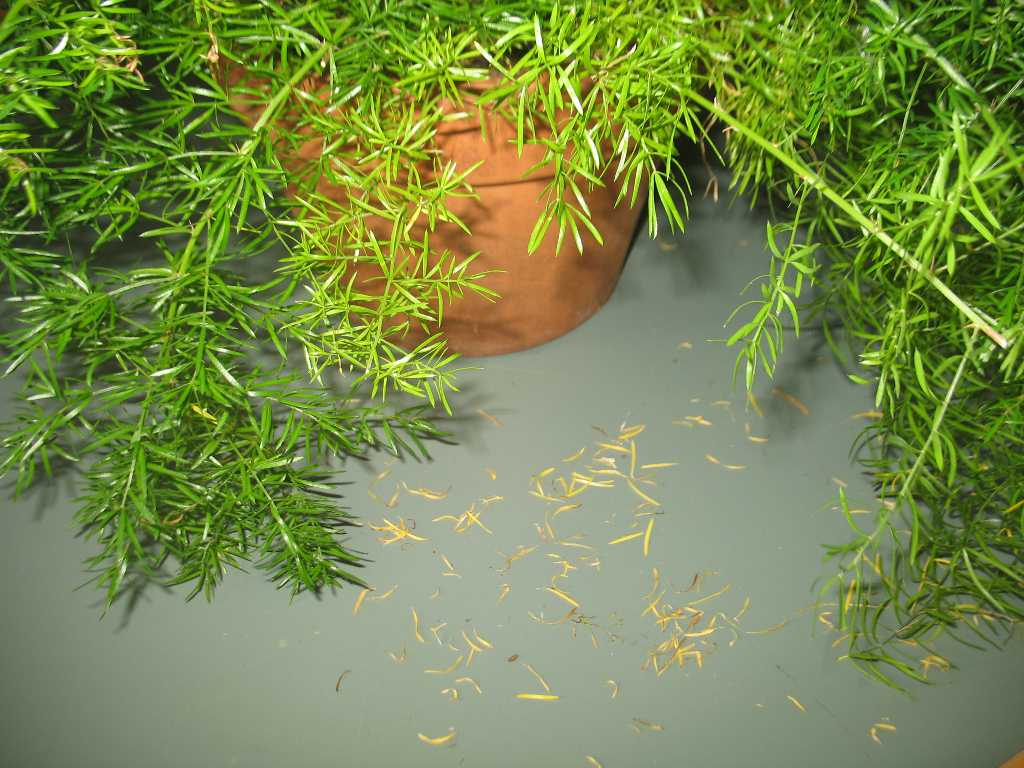
|
Asparagus fern is notorious for dropping leaves when moved indoors in the fall after being summered outdoors
|
|
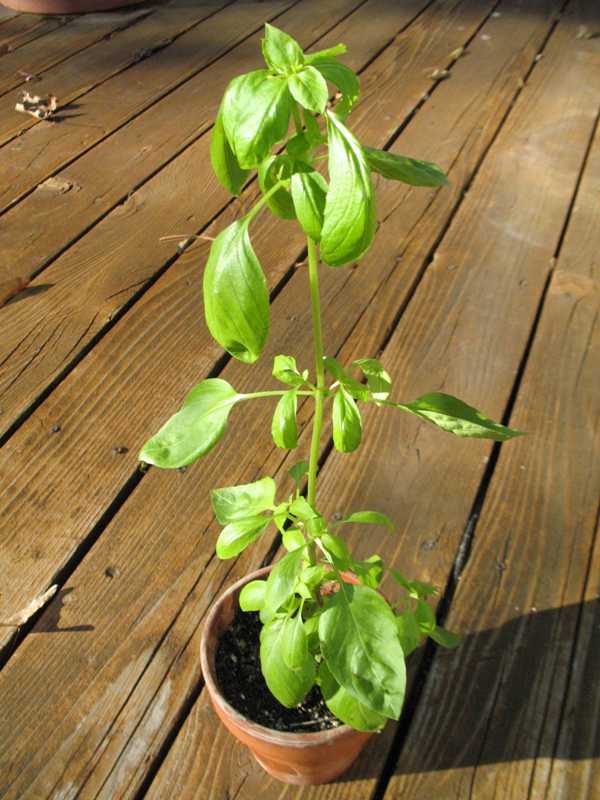
|
This basil plant was grown indoors without adequate light, which caused it to become tall and leggy
|
|
|
|
|